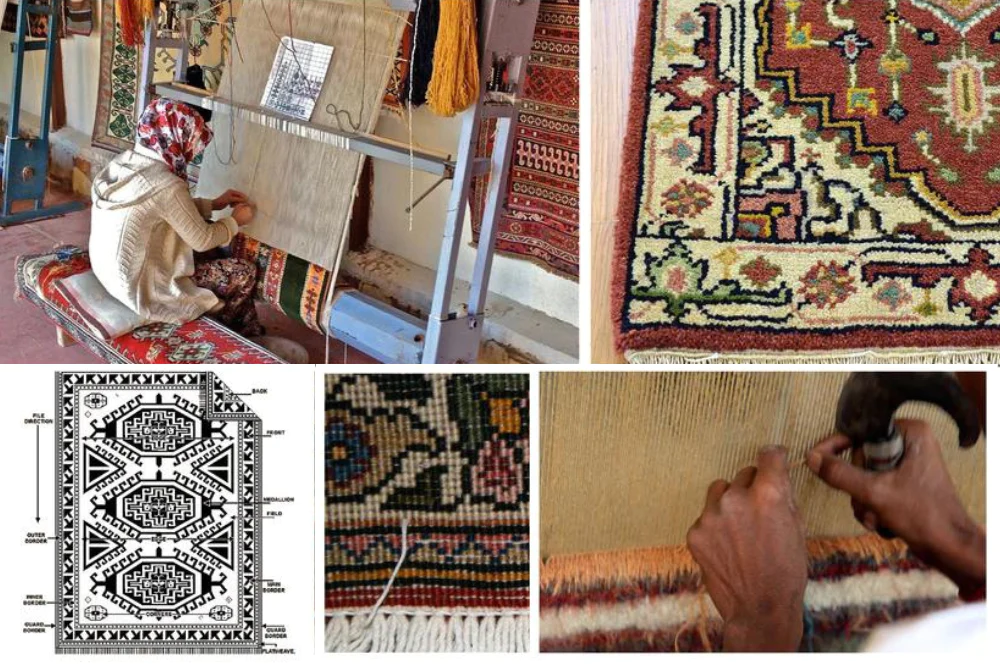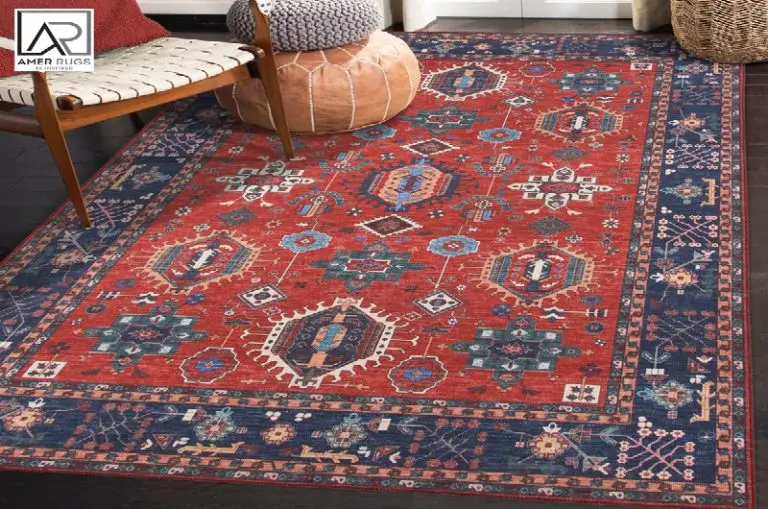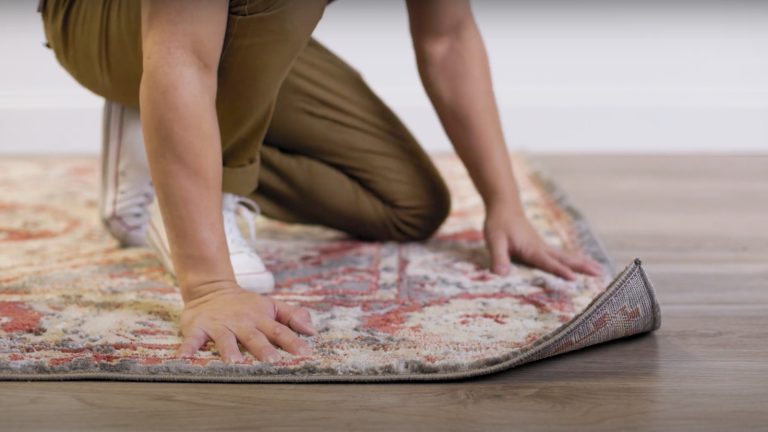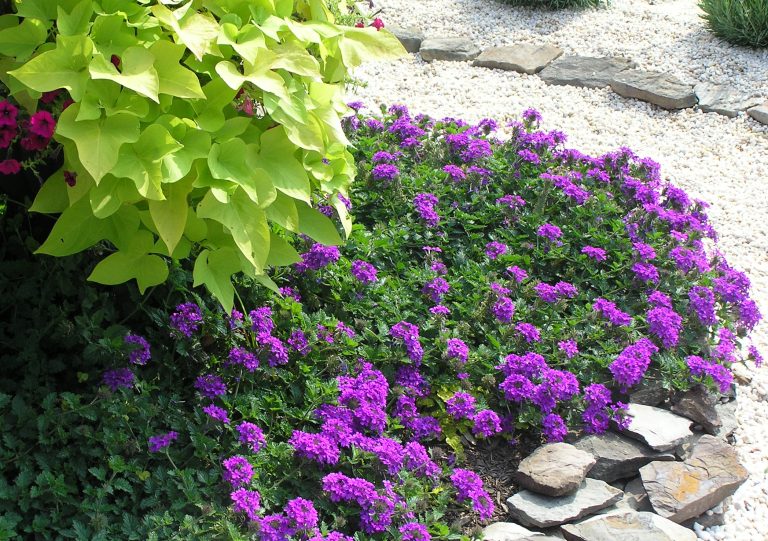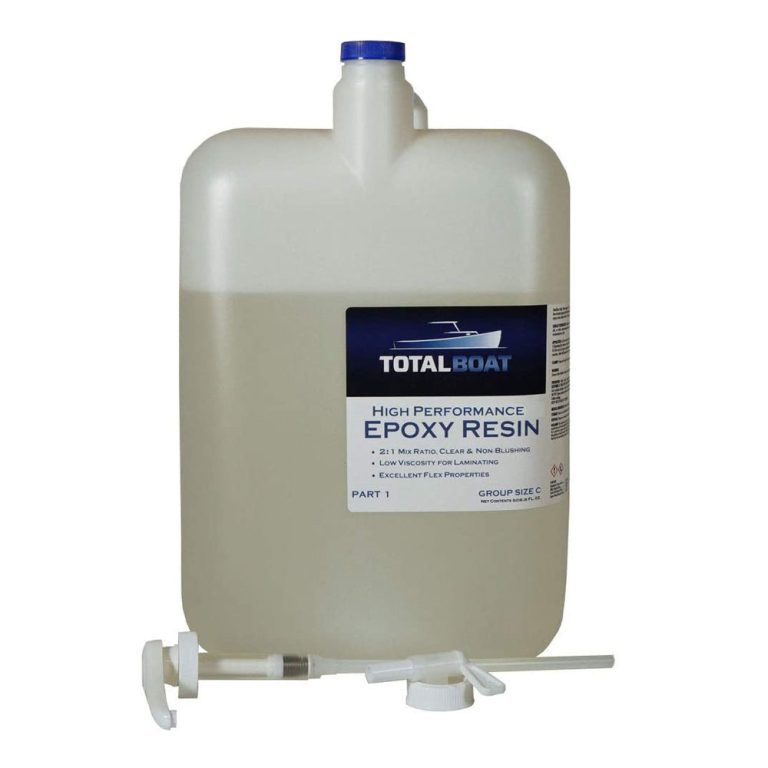How To Make A Hand Knotted Rug
Hand-knotted rugs are beautiful pieces of art that can bring a room together and add a touch of class to any home. Making a hand-knotted rug is a labor of love, and requires a lot of skill and patience. If you’re looking to make an exquisite handmade rug, here are the steps to follow. First, you’ll need to choose your yarn, either wool or cotton. Next, you’ll need to make the foundation of your rug, which will involve creating a grid pattern of warp and weft threads. Once that is complete, you’ll use a special knotting technique to create a loop pile, which is the finished look of the rug. Finally, you’ll need to secure the loops with a strong knotting technique and then trim the rug to achieve a uniform shape. With some patience and practice, you can create a beautiful hand-knotted rug that will last for years to come.
Understanding the Basics of Knotted Rug Making
Understanding the basics of hand-knotted rug making can be daunting, especially for those who are unfamiliar with the craft. However, with a little guidance and patience, anyone can create a beautiful, handmade heirloom. Knotted rugs are created by interlacing yarns or fibers to form a dense, durable, and decorative mat that can be used to add texture and style to any room. But before you can start knotting your own masterpiece, it is important to understand the basics of knotted rug making.
First, it is important to understand the different types of materials that can be used to create a knotted rug. Natural fibers such as wool, cotton, and jute are popular options for creating a knotted rug, as they are durable and can be dyed or bleached to create a unique design. Synthetic fibers such as polyester and nylon are also suitable for use in rug making, although they may not be as long-lasting as natural fibers.
Next, it is important to understand the different techniques used to create a knotted rug. The most common technique used is the warp and weft method, which involves weaving two pieces of yarn in an alternating pattern. This method is usually used for rugs with intricate designs or for larger rugs. Alternatively, the knotting method, also known as pile weaving, involves tying each individual knot to create the rug. This method is usually used for more intricate designs or for smaller rugs.
Finally, it is important to understand the importance of knotting the rug correctly. Knotting the rug too tightly can cause the rug to sag or break while knotting it too loosely can cause the rug to unravel. It is important to ensure that the knots are tied correctly and that the tension is even throughout the rug. With a little practice, anyone can create a beautiful, handmade knotted rug.
Choosing the Appropriate Materials
When it comes to creating a hand-knotted rug, the materials you use are just as important as the craftsmanship. Not only do they affect the aesthetics, but they also provide longevity and durability. To ensure that you have the best possible outcome, you should choose materials that are appropriate for the type of rug you are creating.
Wool is the most common material used for handmade rugs, as it is both soft and durable. Wool is also the most versatile material, as it can be dyed into a variety of colors and designs. Other materials you may consider include cotton, silk, and jute. Cotton is a lightweight material that is often used in smaller rugs, while silk is often used in more luxurious rugs. Jute is a natural material that is perfect for rustic, traditional rugs.
No matter what material you choose, it is important to ensure that it is of the highest quality. The higher the quality, the more durable and long-lasting your rug will be. Additionally, you should also consider the pile height. This is the length of the fibers on the surface of the rug and can range from low and dense to high and fluffy.
Choosing the right materials for your hand-knotted rug is crucial. With the right materials, you can create a beautiful and long-lasting piece of art.
Establishing a Design
Creating a hand-knotted rug is an art form in itself, and one of the most important steps is the design. A hand-knotted rug should reflect the individual style and tastes of its creator and therefore, the design should be carefully thought out. Before beginning to knot the rug, the creator should first sketch out a design that takes into account the size, the pattern, and the colors of the rug. Once the design is finalized, the creator can then begin to knot the rug.
When designing a rug, it is important to consider the colors and patterns that will be used. Choosing colors that are not too bright or too dull will give the rug a cohesive, finished look. Additionally, the pattern should be considered carefully, as the pattern will have a significant impact on the overall aesthetic of the rug. Another important factor when designing a rug is the size. It is important to consider the space where the rug will be placed and ensure that the rug will fit in the room.
Once the design is finalized, the rug can be knotted. This is a time-consuming process, but the end result is worth the effort. With careful planning and a bit of creativity, the creator can make a unique and beautiful rug that will be a beautiful addition to any home.
The Knotting Process
Creating a hand-knotted rug is an art form that has been passed down through generations. Each rug is unique and requires a great deal of skill, patience, and dedication. The process of knotting a rug begins with the selection of the type of fibers to be used and the pattern that will be followed. Once the fibers are chosen, the weaver will begin to knot the fibers according to the pattern. This involves tying hundreds of knots in a repetitive and intricate pattern that will create the rug’s design. The knots are secured using a specially designed knotting tool. After the knotting is complete, the rug is trimmed and finished. With a little bit of time and effort, anyone can create a beautiful hand-knotted rug.

Finishing the Rug
When it comes to making a hand-knotted rug, the finishing touches are key. After all the hard work of knotting the rug, the finishing can make or break the overall look. Here are some tips for finishing a hand-knotted rug.
The first step is to trim the edges. This is done with scissors to make sure the edges are straight and even. Make sure to be careful not to cut too much, as this can ruin the shape of the rug.
Next, the rug needs to be stretched. This ensures that the rug is even and smooth and that the knots are tight. It also ensures that the rug will last longer. The best way to do this is by using a stretching device such as a carpet stretcher or a rug hook.
After stretching, the rug needs to be washed. This is done to remove any dirt and grime from the rug, as well as to help set the colors and dyes. It is important to use a mild detergent and a soft brush to avoid damaging the rug.
Finally, the rug needs to be blocked. This is done to make sure that the rug will lay flat and will be even when it is on the floor. This can be done with a carpet-blocking tool or by hand.
By following these steps, you can ensure that your hand-knotted rug will look beautiful and last for years to come. With a little bit of care and attention, you can be sure that your rug will be a stunning addition to your home.
Maintaining the Rug
Hand-knotted rugs are an exquisite addition to any room, but they require special maintenance to keep them looking their best. Regular vacuuming, spot cleaning, and occasional professional cleaning are all part of the maintenance routine. To ensure your rug remains in prime condition for years to come, here are some tips for maintaining it.
Firstly, regular vacuuming is key. Vacuuming removes dirt and debris from the rug’s surface, which can cause damage over time. Additionally, vacuuming helps to prevent the rug from becoming matted and lumpy. Secondly, spot cleaning is also important. Spot cleaning is a process of cleaning only the affected areas of the rug, rather than the entire area. Spot cleaning helps to reduce the amount of dirt and debris that accumulates in the rug’s fibers.
Finally, professional cleaning is recommended every two to three years. Professional cleaning can help to restore the rug’s original color and texture, as well as remove any deep-seated dirt and debris. Professional cleaning may be necessary if the rug has been exposed to spillage or other liquids.
Maintaining a hand-knotted rug requires time and effort, but it’s well worth the effort. Regular vacuuming, spot cleaning, and professional cleaning can help to keep your rug looking its best for years to come.
Troubleshooting Common Issues
Troubleshooting common issues when making a hand-knotted rug can be a daunting task, but it’s important to identify and address them in order to ensure a successful outcome. From frayed knots to uneven tension, there are a number of issues that can arise. Fortunately, with the right knowledge and supplies, these issues can be quickly and easily resolved. Here are some of the most common issues encountered when making a hand-knotted rug and how to solve them.
First, frayed knots can be an issue when making a hand-knotted rug. To fix fraying knots, thoroughly brush the rug and then use a fine-grade needle and thread to work the loose ends back into the rug. Make sure to use a thread that matches the color of the rug to ensure it blends in.
Next, uneven tension can be a problem when making a hand-knotted rug. To fix this, use a needle to pull the wool thread and adjust the tension. Make sure to pull gently to avoid damaging the knots.
Finally, weak knots can also be an issue. To strengthen weak knots, brush the rug to remove any dirt and dust, then use a needle to gently pull and strengthen the knots.
By understanding the common issues that arise when making a hand-knotted rug and how to address them, you can ensure that your rug turns out perfect. With the right knowledge and supplies, troubleshooting common issues can be a simple and easy process.
Alternatives to Hand-Knotted Rugs
When it comes to beautiful floor coverings, hand-knotted rugs have become increasingly popular in recent years. As a result, many people are looking for alternatives to hand-knotted rugs that can provide the same style and quality without the hefty price tag. Fortunately, there are plenty of options available to suit any budget. From machine-made rugs to flat-weave kilims, there is an option for everyone.
Machine-made rugs are the most cost-effective alternative to hand-knotted rugs. They are created using a loom and are often mass-produced. While machine-made rugs are not as durable as hand-knotted rugs, they are still strong and long-lasting. Plus, they come in a variety of colors and patterns to suit any décor.
Flat-weave kilims are another great option. These rugs are made using a traditional weaving technique that results in a flat rug with a unique texture. They are lightweight and often reversible, making them a great choice for high-traffic areas. Kilims also come in a variety of styles and colors, allowing you to customize your space to suit your personal style.
Shag rugs are another popular choice. These rugs are made with thick, soft fibers that create a luxurious and inviting atmosphere. Shag rugs come in a variety of colors and textures, allowing you to create a cozy and unique look.
Finally, tufted rugs are another great alternative to hand-knotted rugs. These rugs are created using a tufting gun and can be made to look like hand-knotted rugs at a fraction of the cost. Tufted rugs are also easy to care for and come in a variety of colors and styles.
No matter what your style or budget may be, there is an alternative to hand-knotted rugs that will suit your needs. From machine-made rugs to flat-weave kilims to shag rugs and tufted rugs, you’re sure to find the perfect floor covering for your home.
FAQs About the How To Make A Hand-Knotted Rug
Q: What is a hand-knotted rug?
A hand-knotted rug is a type of rug made by knotting yarn or strings to a backing material. This method of rug making is one of the oldest and most labor-intensive, but also produces some of the highest quality rugs.
Q: What materials do I need to make a hand-knotted rug?
To make a hand-knotted rug you will need a rug backing material, yarn or string, a rug hook, and scissors.
Q: How long does it take to make a hand-knotted rug?
The amount of time it takes to make a hand-knotted rug depends on the size and complexity of the rug. A small rug could take a few weeks of steady work, while a larger rug could take several months or more.
Conclusion
Making a hand knotted rug is a labor of love, and the results are sure to be worth it. With some patience and practice, anyone can learn the basics of hand knotting and create a beautiful, unique rug to show off in their home. With the right materials, knowledge, and tools, anyone can make a handmade rug that will last for years to come.
